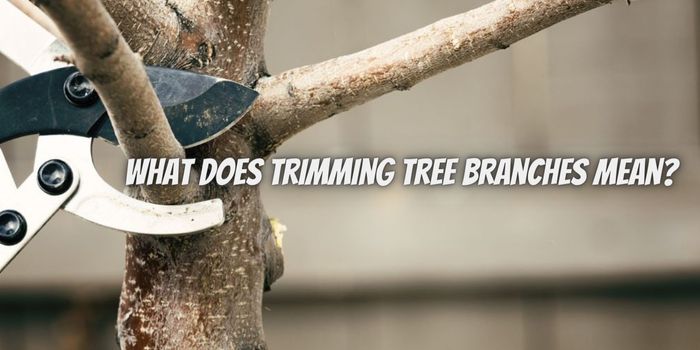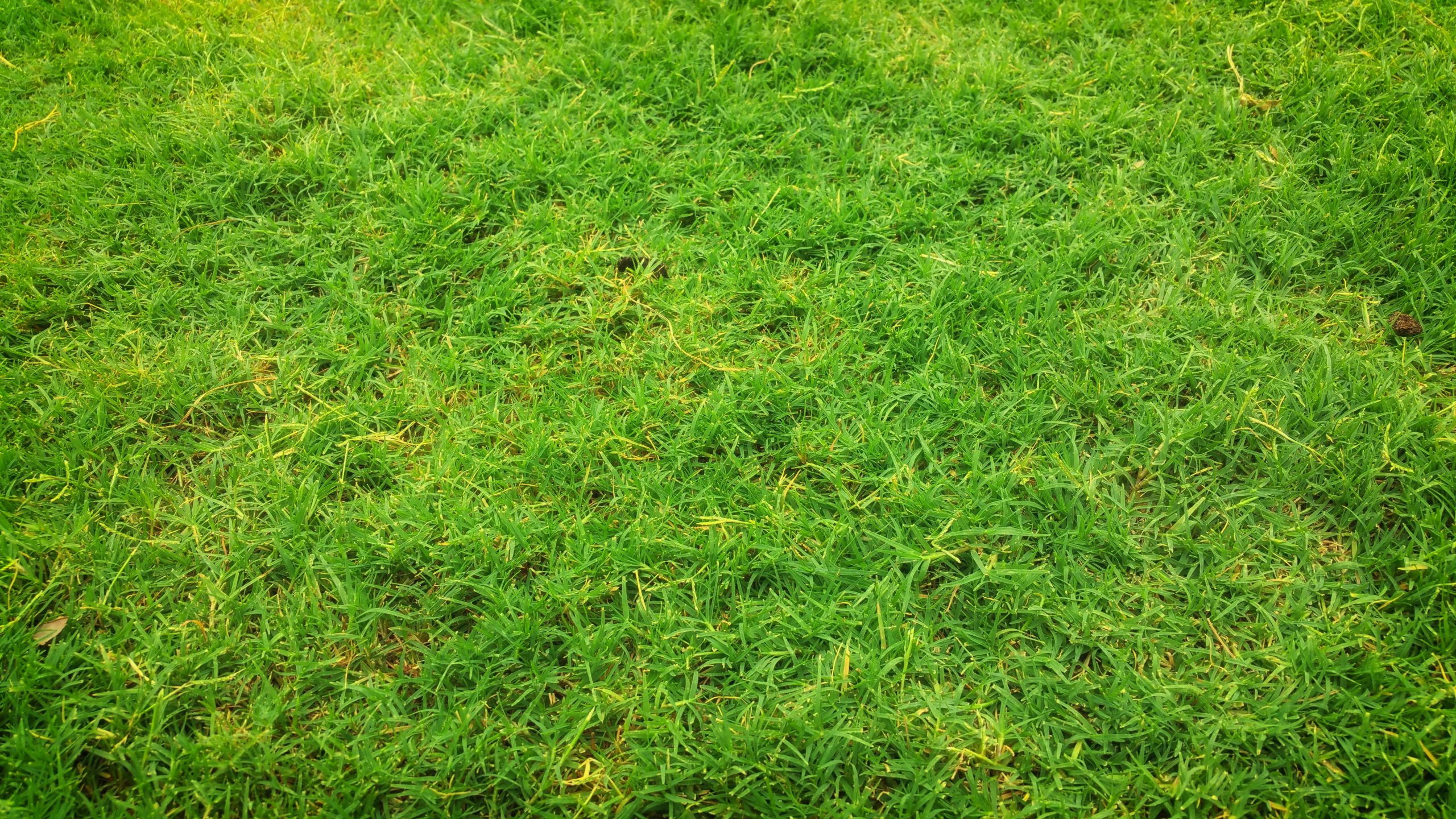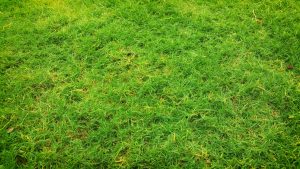What Does Trimming Tree Branches Mean?
Tree maintenance is a crucial aspect of landscaping and property management. Among the various practices involved in caring for trees, trimming branches stands out as an essential task. Trimming tree branches, also known as pruning, involves the careful removal of certain branches to enhance the overall health, appearance, and safety of a tree. This practice is not merely a matter of aesthetics; it plays a significant role in maintaining the vitality of trees and promoting their long-term growth.
The Purpose and Benefits of Trimming Tree Branches
The primary objective of trimming tree branches is to ensure the health and longevity of the tree. Over time, trees can grow dead, damaged, or diseased branches, which, if left unchecked, can compromise the tree’s general well-being. By terminating these unhealthy branches, the tree can allocate its resources more efficiently to the healthier parts, nurturing new growth and minimizing the hazard of disease spread.
Furthermore, trimming serves to improve the tree’s structural integrity. Regularly removing weak, crossing or overcrowded branches reduces the likelihood of branches breaking and falling during storms, reducing potential hazards to property and people. Proper trimming also contributes to better air circulation and sunlight penetration throughout the canopy, benefiting both the tree and the surrounding landscape.
The Art and Science of Pruning
Trimming tree branches is not a one-size-fits-all practice; it requires a nuanced understanding of each tree species’ growth habits, optimal pruning times, and the specific goals of the pruning. When done correctly, pruning can accentuate a tree’s natural form and beauty, enhancing its aesthetic value within a landscape. Timing is a paramount factor in successful pruning. Most deciduous trees benefit from pruning during their dormant season, typically in late winter or early spring.
On the other hand, evergreens can be pruned in late winter or early summer. Proper timing ensures minimal stress to the tree and encourages rapid healing of the pruning wounds. Understanding the different types of pruning cuts is essential. Thinning cuts involve the removal of entire branches or stems, often at their point of origin, to alleviate crowding. Heading cuts, on the other hand, remove only a portion of a branch, typically at a node, stimulating new growth in a particular direction. The choice of pruning cut depends on the tree’s growth pattern and the desired outcome.
The Risks of Improper Trimming
While trimming tree branches proposes numerous benefits, improper pruning can have detrimental effects on a tree’s health and appearance. Over-pruning, often referred to as “topping,” involves the indiscriminate removal of large branches or the upper portion of the tree. This practice weakens the tree’s structure, reduces its ability to photosynthesize, and makes it more susceptible to pests and diseases. Topping also leads to the rapid growth of poorly attached, weakly structured shoots, increasing the risk of branch failure.
Further, poorly executed pruning cuts can form wounds that become entrance points for pathogens, inviting diseases that can spread throughout the tree. It is paramount to utilize proper pruning techniques and tools, such as sharp, clean-cutting tools that lessen damage to the tree’s tissue and promote swift wound closure.
Professional vs. DIY Pruning
While some minor pruning tasks can be carried out by homeowners, complex or large-scale pruning should be left to certified arborists or tree care professionals. Arborists possess the expertise to assess a tree’s condition, determine the appropriate pruning strategy, and execute cuts that promote tree health and aesthetics.
Professional arborists are trained to pinpoint symptoms of disease, decay, or pest infestations that may not be instantly obvious to the untrained eye. They can also assess the structural integrity of a tree and make informed decisions about which branches to withdraw or retain. Their knowledge ensures that the tree is pruned in a manner that aligns with its growth patterns, facilitating balanced growth and minimizing the risks linked with improper pruning.
Trimming tree branches is an artful practice that encompasses both science and aesthetics. It is a vital component of proper tree care, contributing to the tree’s health, structure, and overall appearance. By removing dead or diseased branches and strategically pruning for improved sunlight and air circulation, trees can thrive and bring beauty to their surroundings. However, caution must be exercised to avoid over-pruning or using incorrect techniques, as these can compromise the tree’s well-being. When in doubt, consult a certified arborist for their expert Oregon arborist services to ensure that trees receive the appropriate care, maximizing their potential for long-term growth and vitality. In essence, trimming tree branches represents a symbiotic relationship between responsible tree stewardship and the inherent elegance of nature’s design.














Post Comment
You must be logged in to post a comment.